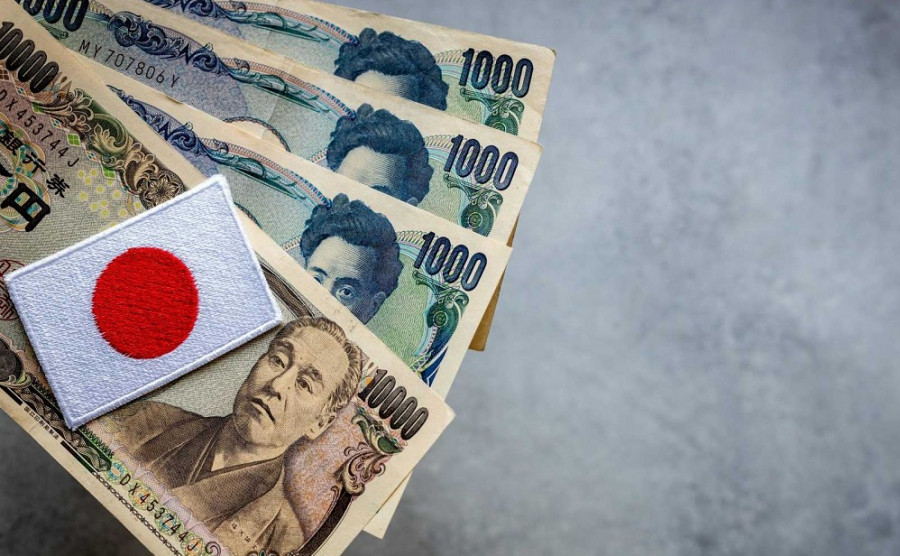Shigeru Ishiba, the new Prime Minister of Japan, has let the yen down, failing to meet the expectations placed upon him. In fact, it was his election that served as a catalyst for the strengthening of the Japanese currency. The USD/JPY pair tumbled by nearly 500 pips in response to the news that Ishiba had defeated his rival Sanae Takaichi (considered the frontrunner in the election) in the ruling party leadership race.
The yen's positive reaction was driven by the fact that Takaichi is known as a supporter of dovish monetary policy, while Ishiba was expected to favor gradual interest rate hikes by the Bank of Japan. Although, in theory, the Bank of Japan is an independent body, in practice, the head of government can exert some influence on central bank policy. Therefore, the Japanese currency strengthened by nearly 500 pips, "celebrating" Ishiba's victory.
However, it turned out that the USD/JPY bears celebrated too early. Once in the role of Prime Minister, Shigeru Ishiba delivered relatively dovish comments, reinforcing the belief that the Japanese regulator would not rush into the next round of interest rate hikes. The head of government expressed concerns about market instability and global uncertainty, citing geopolitical tensions, weak growth in China's economy, and the upcoming US presidential election. In this context, he stated that the domestic economy is not ready for another interest rate increase.
"I do not believe that the current economic situation in Japan requires an additional rate hike," the Japanese prime minister said.
Importantly, Ishiba made this statement following a meeting with Bank of Japan Governor Kazuo Ueda.
In response to this unexpected announcement, the Nikkei index surged by 1,000 points, and the yen weakened by nearly 750 pips against the US dollar in just a few days.
Of course, this sharp rise in USD/JPY was driven not only by the yen's weakening but also by the strengthening of the greenback, which gained momentum following the stronger-than-expected September Nonfarm Payrolls report. But the "Ishiba factor" will likely continue to affect the yen for a while—at least until the next Bank of Japan's policy meeting, where the regulator will present its forward guidance.
Let me remind you that the Bank of Japan has raised its key interest rate twice this year and indicated that a third hike could not be ruled out in 2024. However, recent releases have lowered the probability of this scenario, and Ishiba's remarks only added to the already unfolding fundamental picture.
For instance, Tokyo's Consumer Price Index (CPI) slowed in September, with overall CPI falling to 2.2% (after rising to 2.6% in August) and core CPI dropping to 2.0%. This indicator is a leading signal for inflation trends nationwide, so its decline serves as a warning.
Other macroeconomic indicators published in recent weeks have also not supported a hawkish stance from the central bank. For example, the number of new housing starts in Japan fell by 5.1% in September (compared to the estimated decline of 3.3%). Industrial production also dropped by more than 3% month-on-month (-3.3%), versus the forecast of -0.5%.
All of this suggests that the yen is currently unable to push the pair lower on its own as the US dollar is now setting the tone for USD/JPY. Meanwhile, the dollar is awaiting inflation reports, which will be released on Thursday and Friday. Tomorrow, we will see the September reading of the US CPI, followed by the PPI on Friday. According to forecasts, these reports will reflect a slowdown both in US consumer and factory inflation. However, if the data comes in stronger than expected, the greenback will receive substantial support, especially given the strong September Nonfarm Payrolls. Conversely, if inflation slows more than anticipated, USD/JPY bears could stage a counterattack, pushing the pair down toward the 147.00 level.
Besides, crucial data on Japan's inflation will be published next Friday on October 18. If the nationwide CPI mirrors Tokyo's CPI trajectory, the yen will come under additional and significant pressure.
In other words, inflation reports are now in the spotlight. The first "test" comes tomorrow, October 10. If US headline inflation stagnates or accelerates, USD/JPY could climb back up toward the 149.00 level.
From a technical viewpoint, the USD/JPY pair is positioned between the middle and upper lines of the Bollinger Bands indicator on the four-hour chart, as well as above all lines of the Ichimoku indicator. On the daily chart, the instrument is situated between the middle and upper Bollinger Bands lines but within the Kumo cloud. These signals suggest a preference for long positions. The first target for the upward movement is 149.30 (the upper line of the Bollinger Bands on the H4 timeframe). The main target is 150.00 (the upper border of the Kumo cloud on the W1 timeframe).



















